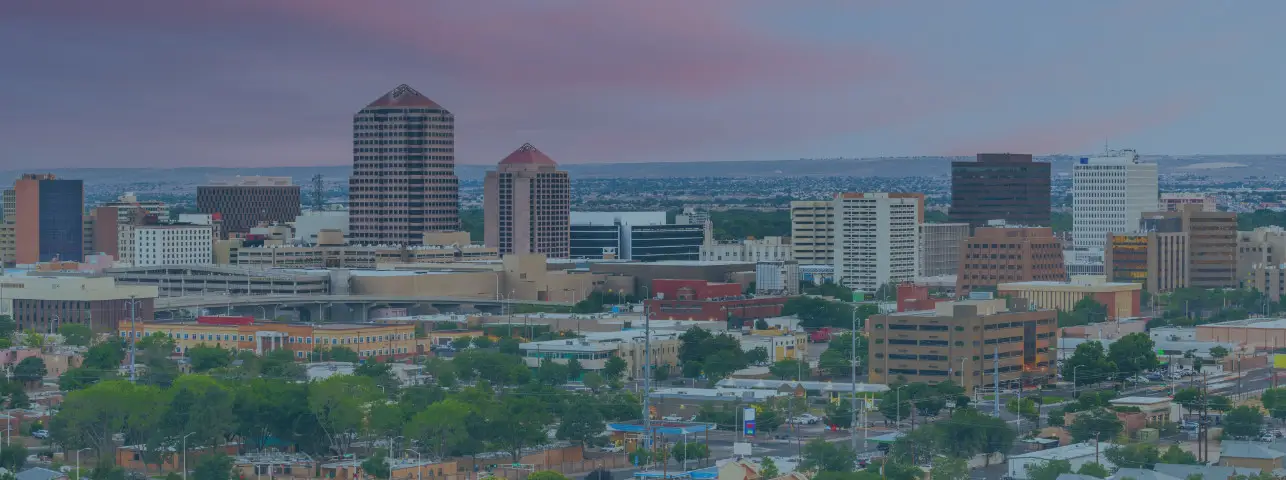CALL (800) 863-5312 FOR A FREE CONSULTATION WITH AN AUSTIN CONSTRUCTION ACCIDENT ATTORNEY
Construction sites are filled with hazards that pose a serious risk of injury to construction site workers. Some of these injuries can be permanent or even fatal. For instance, in 2018, there were over 100 construction-related fatalities throughout the Lone Star state. Unfortunately, Austin is often in the news with accidents on building sites.
For a free legal consultation with a construction accidents lawyer serving Austin, call 800-863-5312
If you have been involved in a construction-related accident and are interested in filing a claim, or to learn more about your rights, call Zinda Law Group at (800) 863-5312 to receive a free case evaluation with one of our experienced Austin construction accident lawyers.
Call or text 800-863-5312 or complete a Free Case Evaluation form

























